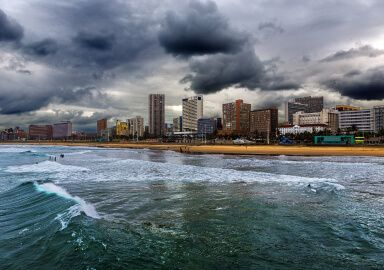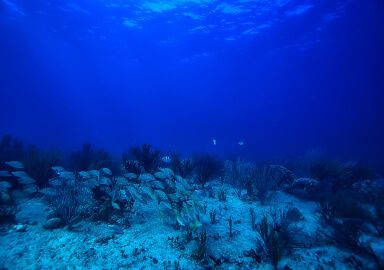Snoek
It’s frantic action or none at all - the snoek is a shoaling predator that can give you a good time fishing in the Southern Hemisphere.
View 13 listings
13
listings
–
price starting from
1
countries
Where and When?
Snoek is found off South America, western South Africa, much of Australia and New Zealand. The most important commercial fisheries are in Chile, South Africa and New Zealand while sport fishing is mostly found off South Africa and New Zealand. Snoek can be found throughout the year, but sport angling is best from February and reaches its peak in April annually.
About Snoek
The African snoek, or Australian barracouta (Thyrsites atun), is the only member of its genus and looks like a long, thin mackerel and is sometimes called a “snake mackerel”. There are important commercial fisheries and, locally and in season, it can form the basis of an exciting and productive sport fishing.
Snoek are blue or black on top, blending to much lighter below. The first dorsal fin is also black. The eyes are large, and the mouth is right at the front, armed with many sharp, strong teeth. The mucus in the mouth contains an anti-coagulant and anglers need to handle snoek very carefully.
The species can reach 2 m. (79 in.) and a mass of 6 kg. (13. Lbs,) and they grow rapidly and eat voraciously. They initially feed on plankton and rapidly transfer to fish, mainly sardines and anchovies. They form dense shoals and are highly migratory and spawn in winter in deep water.
Despite being defined as “coastal” species, they rarely enter shallow water, and are often difficult to locate as they move often and rapidly. They are also found at distances from the actual coast, but very rarely in the open ocean far from land.
How to Catch?
Historically, snoek were mostly caught by handline using bait, flies, or lures, a method still popular today despite the rise of commercial practices like seine nets and trawlers. For sport fishing, medium-strength spinning gear is commonly used from shore-based boats. Local knowledge is crucial for snoek fishing, as understanding their migratory patterns, local movements, and preferred depths greatly increases the chance of success.
The essence of snoek fishing lies in its fast-paced, high-energy action - if you can find a shoal, which is the greatest challenge in this pursuit. These fish spend much of their time in deeper waters, rising closer to the surface after dark. During daylight hours, it is best to fish deep and remain mobile until you hit on a shoal. At night, when conditions permit, fishing nearer to the surface can yield success.
Once a shoal is located, the goal is to get your bait or lure down quickly and catch as many fish as possible before the shoal moves on. Snoek are voracious feeders, known for their willingness to strike at almost anything resembling food when "on the bite." Heavy metal lures are particularly effective, as they can be sent down rapidly and worked at varying depths and speeds, while natural baits are less durable and often fall apart under the pressure of deep-water fishing.
Though snoek may not provide the single catch of a lifetime, the sheer excitement of the frenzy—filled with laughter, expletives, and frantic activity—is unforgettable. However, when the action heats up, anglers should take care to keep their fingers well clear of the razor-sharp teeth at the business end of these aggressive predators.






